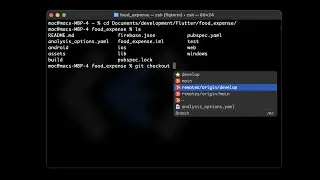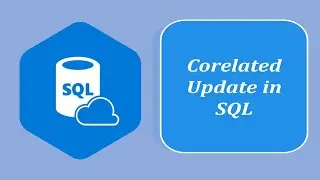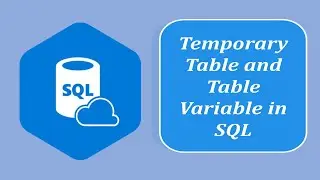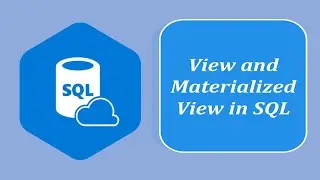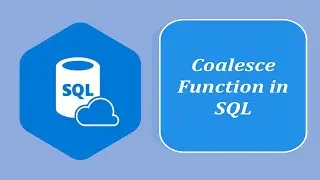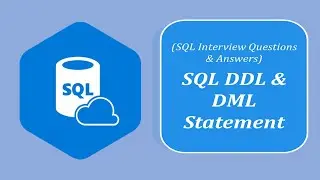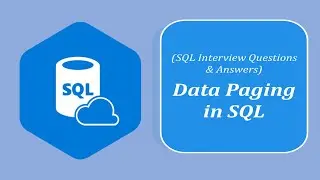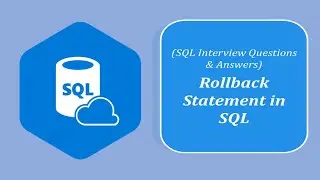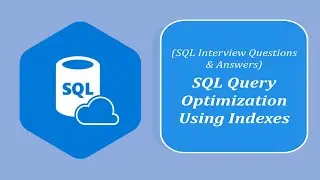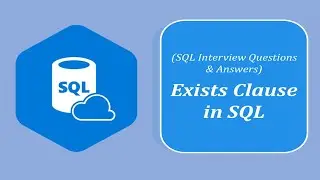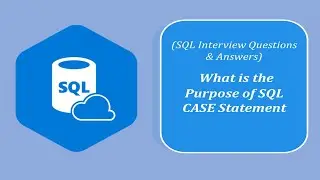SQL Interview Question and Answers |SQL Query to Perform Cross Join Operation | Cross Join
To perform a `CROSS JOIN` operation in SQL, you can use the `CROSS JOIN` clause. A `CROSS JOIN` combines each row from the first table with each row from the second table, resulting in a Cartesian product of the two tables. Be cautious when using `CROSS JOIN` as it can generate a large number of rows, especially when working with tables with many rows.
Here's the SQL syntax for a `CROSS JOIN` operation:
```sql
SELECT column1, column2, ...
FROM table1
CROSS JOIN table2;
```
In this syntax:
`column1`, `column2`, etc., are the columns you want to select from the tables (optional).
`table1` and `table2` are the names of the tables you want to cross join.
Here's an example of a `CROSS JOIN` query:
Suppose you have two tables, "Products" and "Customers," and you want to generate a list of all possible combinations of products and customers:
```sql
SELECT Products.ProductName, Customers.CustomerName
FROM Products
CROSS JOIN Customers;
```
In this example:
We use `CROSS JOIN` to combine every product from the "Products" table with every customer from the "Customers" table.
The query will generate a result set that includes all possible combinations of products and customers, resulting in a Cartesian product.
Please be cautious when using `CROSS JOIN` as it can quickly generate a large result set, which may not be what you intend in most cases.
#sql







